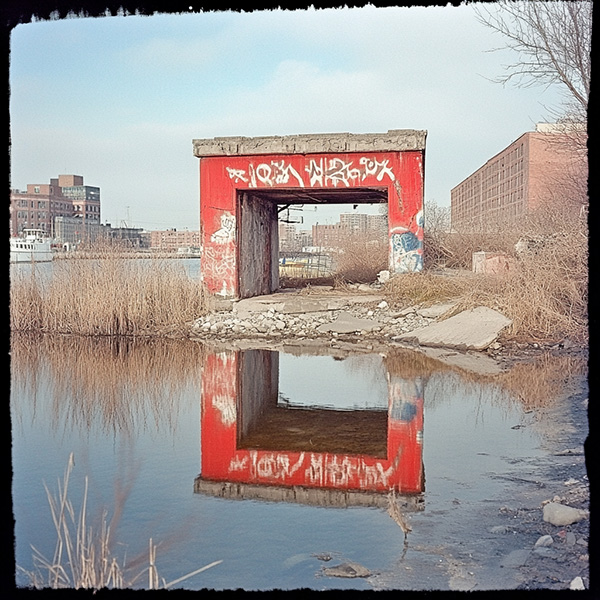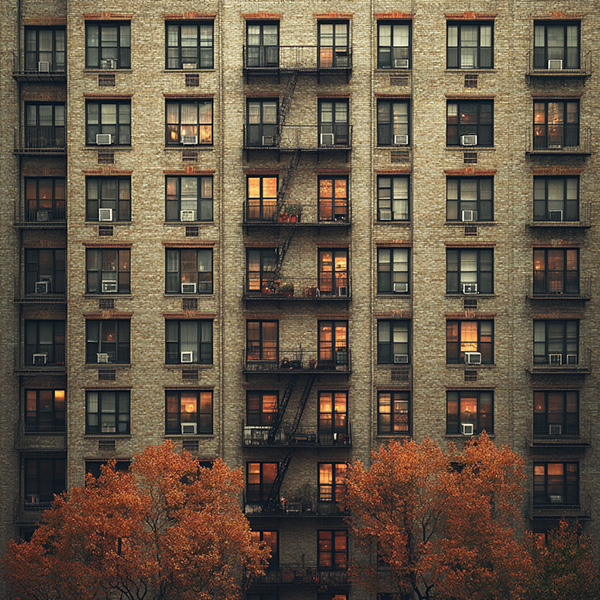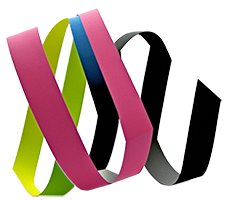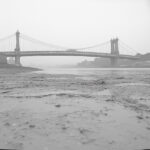Contemporary Photographers Defining New York Today
Contemporary Photographers Defining New York Today
While the masters of the 20th century laid the groundwork, today’s generation is pushing New York street and urban photography into new territory. Digital tools, shifting social dynamics, and post-pandemic realities have all influenced how photographers approach the city. But the core remains: observation, timing, and voice.
1. Andre D. Wagner
Wagner is often compared to Roy DeCarava for his use of rich black-and-white film and deep, soulful framing. Shooting mostly in Brooklyn with a Leica and traditional darkroom techniques, he focuses on everyday life in Black communities, with patience and poetic restraint. His work is both classic and contemporary—a bridge between generations.
2. Daniel Arnold
Starting on Instagram and now featured in The New York Times and The New Yorker, Arnold’s street photography is raw, chaotic, and layered. He captures the humor and absurdity of city life without staging or intrusion. His instinct for gesture and moment is surgical—his New York feels unfiltered, alive, and often surreal.
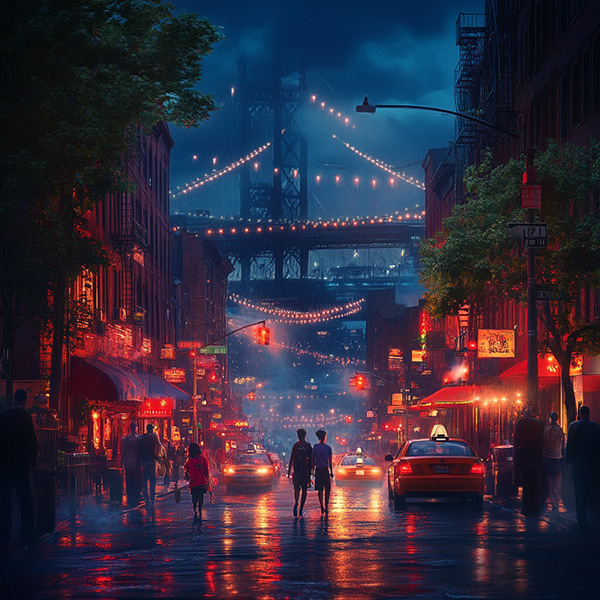

3. Melissa O’Shaughnessy
Part of the renowned Magnum Streetwise group, O’Shaughnessy brings formal precision to street chaos. Her compositions often involve complex layering of figures, colors, and urban geometry. Her work reflects a quiet mastery of timing and structure—especially notable in Midtown Manhattan and the Financial District.
4. Gus Powell
Powell brings lyricism and minimalism to his urban frames. A member of In-Public, his street images are rich with suggestion, often defined by subtle light play and unexpected details. His book The Lonely Ones is a beautiful reflection on isolation and intimacy in public spaces.
5. Flo Ngala
A portraitist and editorial photographer from Harlem, Flo brings an insider’s perspective to the people and narratives that shape New York’s cultural pulse. Her recent work documenting Black beauty, fashion, and politics in NYC redefines what “street” photography can include in a media-saturated era.
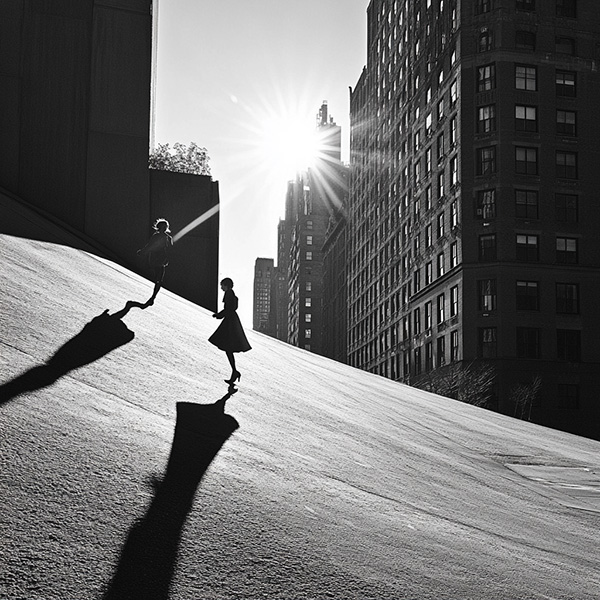
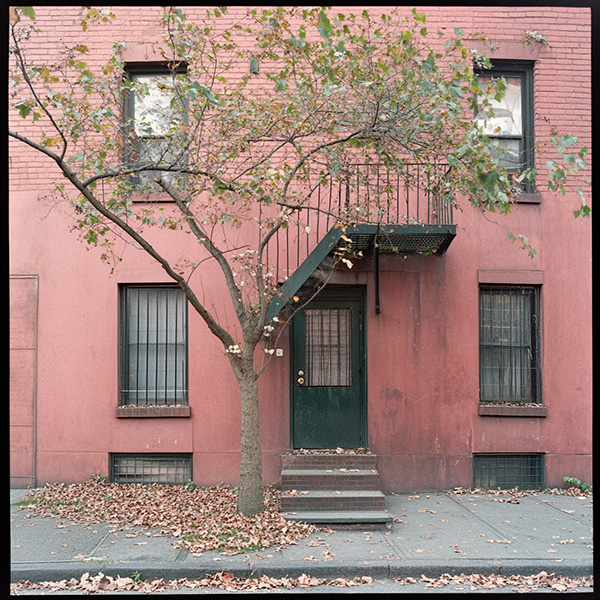
Artistic Shooting Locations in NYC: Beyond the Obvious
While Times Square and the Brooklyn Bridge have visual appeal, the true potential for street and urban photography lies in locations that offer complexity, cultural layering, and unpredictable human interaction. Here are professional-level recommendations to engage your eye beyond the obvious:
1. Bushwick, Brooklyn
A dynamic mix of industrial ruins, large-scale street art, gentrification, and local life. Light and shadow play beautifully in alleyways and murals. It’s also an evolving social commentary on urban change.
2. Chinatown (Manhattan)
From tight storefronts to chaotic intersections, there’s a timeless, dense energy here. Early morning deliveries or late-night crowds offer cinematic conditions. The cultural layering makes it ideal for both color and B&W.
3. Jackson Heights, Queens
One of the most ethnically diverse neighborhoods on the planet. Photographically rich with markets, storefronts, religious parades, and multilingual signage. A must for capturing NYC’s global heartbeat.
4. Red Hook, Brooklyn
Waterfront decay meets residential quietude. Look for minimal urban landscapes, juxtapositions of old industry and gentrification, and a slower rhythm—perfect for contemplative compositions.
5. East Harlem (El Barrio)
Historic, bold, and deeply human. You’ll find murals, community gardens, and layers of Puerto Rican and Afro-Caribbean heritage. The area’s texture is fantastic for shooting in soft light.
6. Roosevelt Avenue (7 Train Line)
From Long Island City through Corona to Flushing, this elevated train line runs through an intense mix of cultures and micro-neighborhoods. The elevated track offers cinematic overhead structures and layered perspectives. A visual goldmine.
Final Thought
Contemporary street and urban photography in New York isn’t just about documenting—it’s about responding. The city is different now: more fragmented, yet more open. Whether you’re working with film, digital, or even medium format for street portraiture, the key is to go beyond postcard beauty and look for narrative tension, emotional weight, and structural clarity.
As you arrive in New York, think like a visual journalist—but edit like a poet.
